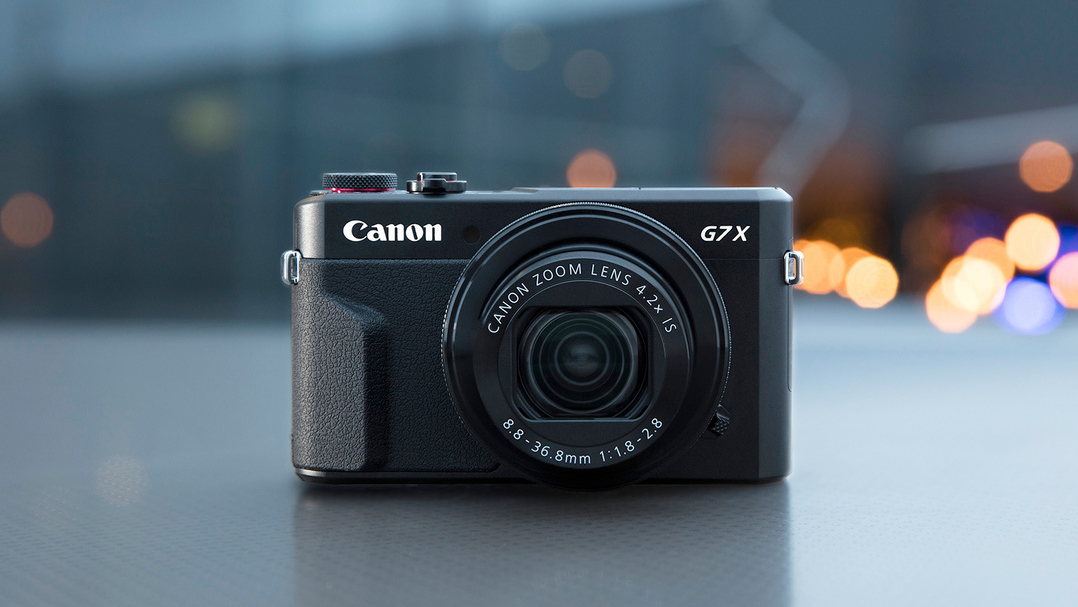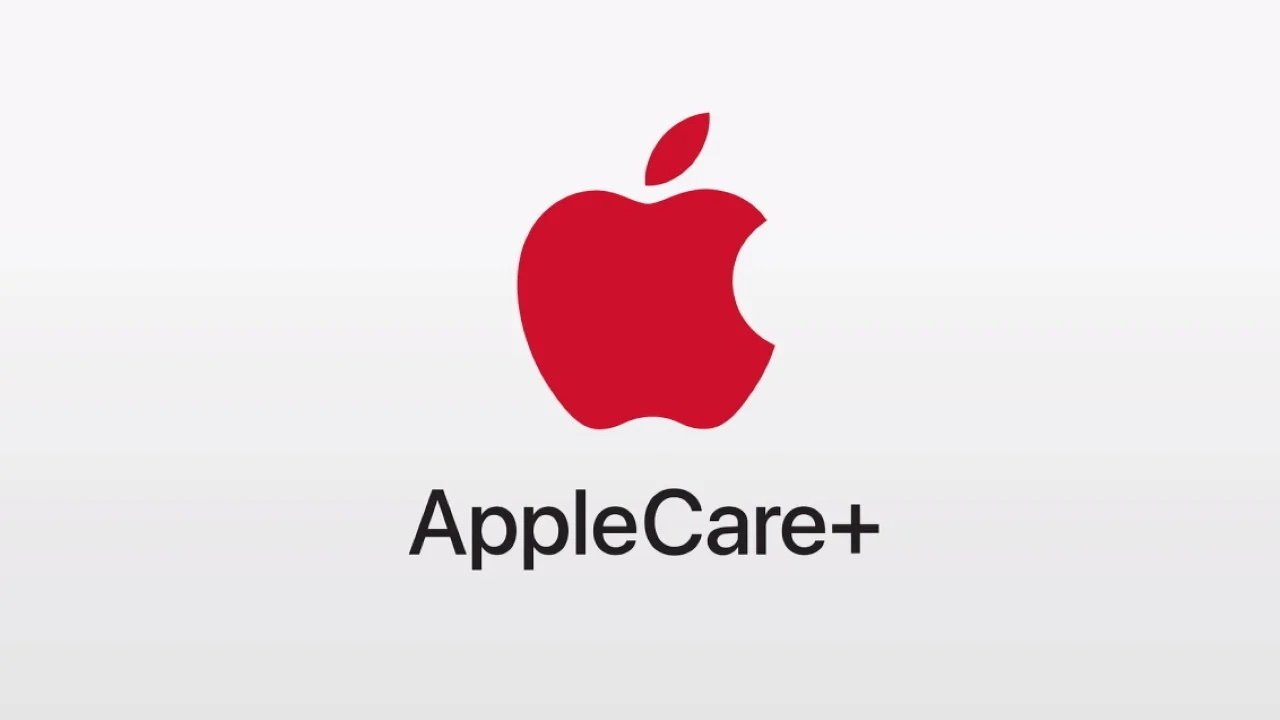www.cnet.com
It's understandable if the thought of police taking your home video without permission -- or even knowledge -- makes you queasy. Our homes are personal, private spaces, and it makes sense to protect that privacy.While security companies have varying policies about law enforcement, police have ways to supersede even some of the strongest privacy policies and take video from cloud or local storage, usually citing an emergency that could have been captured in your footage.Even trickier, laws vary not just by country but also by state, and they can change over time with new legislation or court rulings. That makes it difficult to find trustworthy and timely advice online, whether you're browsing Reddit, looking up past lawsuits or even thumbing through the official word of law. Let's clear things up: Here are the up-to-date rules about when police can take your home video footage that broadly apply to the US and the latest legal trends affecting this issue. 1. Police can request home security footage for emergencies In emergencies, police have a legal right to request sensitive information like camera footage. Alena Paulus/Getty Images Upgrade your inbox Get cnet insider From talking fridges to iPhones, our experts are here to help make the world a little less complicated. First, law enforcement has the option, as outlined in company privacy policies, to request cloud video footage in case of an emergency. Here an "emergency" typically means a life-or-death situation or something else high-stakes, such as a kidnapping or a manhunt for a violent criminal.Most security companies that offer video storage in North America will field and consider these emergency requests, pulling any of the footage you may have stored on the cloud.Here's an explanation from Google Neston how it handles sharing user data with law enforcement, how it may try to narrow the scope of the request for user privacy and how it may or may not let users know about the request. Security users may not know that their cloud videos were accessed by police."Before complying with a request, we make sure it follows the law and Nest's policies," the company says. "We notify users about legal demands, when appropriate, unless prohibited by law or court order. And if we think a request is overly broad, we'll seek to narrow it."In these situations, law enforcement contacts the cloud video management organization directly (usually your security brand like Arlo or Ring), and requests specific video footage from an area through channels set up to allow for such requests.Important note: There is an option to share stored cloud videos, but security companies do not generally allow law enforcement agencies to look directly through live views on cameras. Thanks to end-to-end encryption and related practices, even security companies themselves may not have this ability except in some cases of professional home monitoring.2. Law enforcement can use a warrant to access home security devices Warrants are a way to seize even local storage on home security devices. Simple Images/Getty ImagesAnother option police have to seize cam footage is via a warrant or similar court order. Warrants allow police to take home security devices and examine them, including any local storage that you have, so avoiding cloud storage won't help very much.Typically, warrants are granted only when police can provide some evidence that a crime may have been committed on the property. It depends on the court and judge where the warrant is requested, but granting warrants is common. The warrant then becomes active and has a specific scope for where and what it applies to (which is why you should always ask to view a warrant if law enforcement wants your security cameras).Warrants raise a further important question: Will you get your home camera back if it's seized during a legal search? That's a subject of some deliberation, although it's generally agreed from cases like these that the Fourth Amendment prevents law enforcement from holding onto digital devices or data indefinitely. Getting your camera back during a real-world seizure may not be so cut and dry.3. Voluntary registration of your surveillance equipment Security cameras can deter home break-ins with the right placement, but beware of potential problems. Onfokus/Getty ImagesThere's an interesting third option for law enforcement that's been growing in popularity, especially in certain cities and states where police departments are looking to tap into smart home tech. Home security owners can register their cameras and similar devices with local police departments, letting them know there is a device at a specific property that's recording. We're seeing programs like this everywhere from Buffalo, New York's SafeCam to the Bay Area in California. These programs vary, but there are several important points. First, this isn't the same thing as registering an alarm system via a local permit, it's specifically for video recording devices. Second, registering does not mean police can look through your cams or view any recorded footage. They know where registered residential cameras are, so they can request footage directly from participants with cameras near a crime, etc. Finally, if you do grant permission to police to access a registered camera, they'll be able to view and copy video images, which can be used as evidence in a criminal proceeding. Often, registration programs have requirements like banning you from sharing videos with the media and other fine print. Keep in mind that police may still be able to seek a warrant to take cams and video footage if you deny a request via a registration program.A federal law enforcement request may carry more weightThe acronyms such as FBI, NSA or ICE may be more familiar and more frightening, but the big federal agencies are generally confined to the same requirements as your local police department. They need a warrant, specific permission from the user or a special use of the "life-threatening emergency" clause if they want to view your cam footage. That doesn't mean federal agencies always follow the law --there are examples of ICE, HIS and other agencies breaking surveillance laws-- but they are technically bound by the same constraints. In most cases. "Can the NSA or FBI spy through my home camera?" is another worry we frequently see and here is where things get more unpleasant. The NSA has received surveillance carveouts through Section 702 of the Foreign Intelligence Surveillance Act, an infamous bit of lawmaking that gives the FBI, CIA and NSA the power to seize electronic data when investigating a foreign intelligence or terrorism threat -- all without needing a warrant. While controversial, Section 702 was recently renewed and expanded by the Senate, so it's not going away anytime soon. We don't know a lot about how it's used, but we do know that queries typically focus on internet and cell phone communications. It doesn't appear that the backdoor technologies these agencies use are seizing home security cam data, at least not in any significant way. British webcams are another story. Until we get more transparency about these surveillance methods, that's all we can say for sure. Video doorbells make it easy to share footage, but that can come with costs as well. Chris Monroe/CNETPosting home security footage online Security brands offer ways to post videos online through things like the Ring Neighbors app, dedicated forums, social media groups and so on. If you post a video in a public space like this, even if you're only asking for advice, then it's fair game for law enforcement to use as well. Anything you post in a public forum is just that -- so think twice about what footage you're posting online.Security brands and shifting policies on police requestsFinally, we should mention that security company policies on sharing data with cops are subject to change. Just this year, Ring decided to end its more liberal sharing program with police, limiting them to the life-or-death requests we talked about above. What if I don't want my security cam footage stored on a cloud?That's an option, too. While exploring your options like the top wireless or outdoor home security cameras, you may want to look at cameras without subscription plans that keep video off the cloud entirely, limiting police to warrants as a means to take footage. You can also check out cams with specific extra features, like bright LED lights. Can you stop police from accessing your security cam footage? You can make it less likely by sticking to local storage instead of using cloud video storage. Currently, the Lorex 4k is our top pick for a home security camera with local storage.) After securing a warrant or other court order, police will always have the option to take and view video files. Can a federal agencies like the FBI, NSA or ICE seize my home security footage? Federal agencies, such as the FBI, are generally confined to the same legal limitations as the police. Federal agencies can have more legal flexibility if citing an intelligence or terrorism threat.












